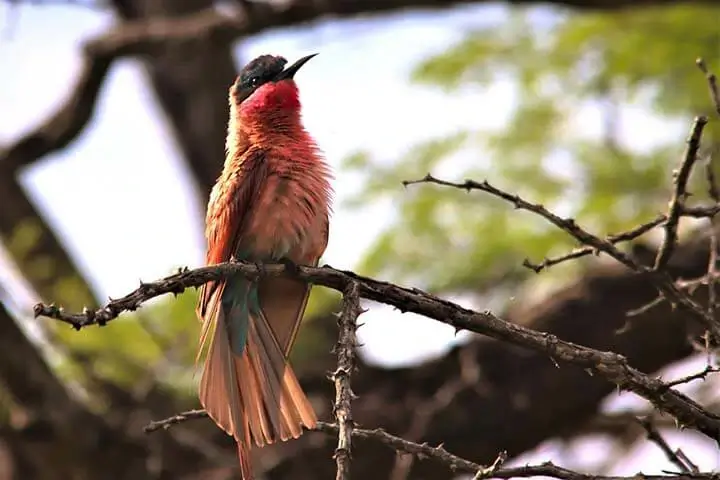
BIRDING IN
Mudumu National Park

BIRDING IN
Mudumu National Park

BIRDING IN
Mudumu National Park

BIRDING IN
Mudumu National Park
Mudumu National Park and The Mamili (Nkasa Lupala) are at the heart of Namibia's Caprivi Region, home to more than 450 species of birds. The Kwando River runs through this National Park, which offers a true African wilderness experience. In contrast to the rest of Namibia, the area is lush with marches, riverine forests, dense savannah, and mopane woodland. The park was almost devoid of game when it was proclaimed, having been depopulated by years of poaching prior to and just after independence. Mudumu is a wildlife haven, restored. The return of wildlife was achieved through targeted reintroductions, community conservation - and unwavering resolve.
There are two worlds in Mudumu: The meandering river and its lush vegetation, and the extensive woodlands of mopane, terminalia and burkea, stretching away around the Mudumu Mulapo to the east. The park might not be big, but it exudes a wonderful atmosphere of wild Africa.Mudumu is not large enough to permanently support large herds of elephant, buffalo and other game. It relies on the conservation landscapes around it, across which the animals can migrate. South of Lianshulu, the river breaks up into a labyrinth of channels to form the Linyanti Swamp.
Mudumu's network of alternately sandy and muddy tracks requires four-wheel-drive basically throughout. The variety of its scenery and the diversity of its lifeforms will enthral any naturalist. And for experienced and adventurous travellers, the park offers an awesome wilderness experience at its small, unfenced and unserviced campsites along the Kwando. Time spent along the river, camping without amenities away from other people, surrounded by a perpetual flurry of birdlife, with elephant, impala and waterbuck passing by and hippos bellowing in the river are breathing the wild.
Unusually for a National Park, there is a private lodge within its boundaries - Lianshulu Lodge - which offers guided walks, nature drives, boating, and bird watching. Mudumu offers first-rate bird watching. The variety of habitats (the wetland especially) is a magnet for birdlife. The Kwando River attracts colonies of the colorful carmine bee-eaters in the summer months as well as the rare coppery-tailed coucal. Flocks of African skimmers can be seen flying over the water and a pair of African fish eagle, bellowing their distinctive calls, is never far off. Migratory birds are present from November to April.
Birding Specials for Avid Birders include; African pygmy goose, Bradfield's hornbill, Bearded scrub robin, Brown firefinch, Collared palm-thrush, Lesser jacana, Grey-backed cisticola, Coppery-tailed coucal, Southern carmine bee-eater, Slaty egret, Rufous-bellied heron, White-headed lapwing, Western banded snake eagle, Swamp boubou, Three-banded courser, Wattled crane.
Mudumu is open all year; the cool, dry winter months award the most comfortable visits. Game concentrates along the river during the dry season. Temperatures are often very high in summer. Much of the park becomes difficult to access during the rainy season.Birding is excellent, especially along the river, but also in the woodlands
Our Experts are ready to provide answers
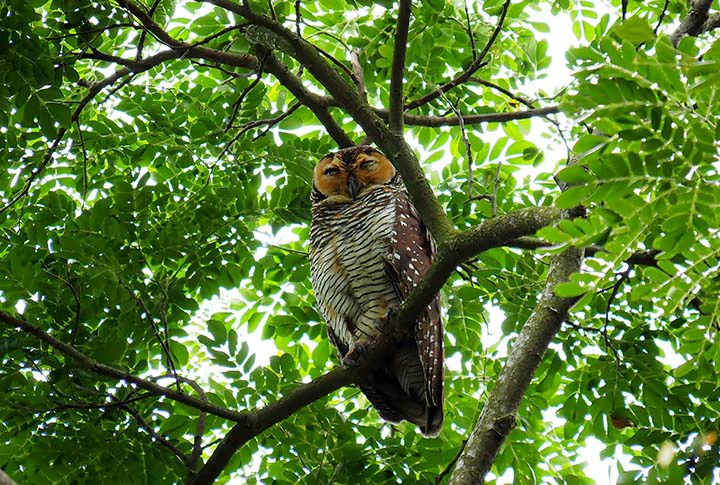
Birds include Wattled Crane, African Skimmer, Western- banded Snake Eagle, Wood Owl, Pel's Fishing Owl, Narina Trogon, Cape Parrot, and both Red-billed and Yellow-billed Oxpeckers.
Read More
Birding Specials for Avid Birders include; African hobby, African pygmy goose, Bat hawk, Bearded scrub robin, Bradfield's hornbill, Brown firefinch, Chirping cisticola, Collared palm-thrush, Coppery-tailed coucal, Green-backed honeyguide, Hartlaub's babbler, Lesser jacana, Little bittern,
Read More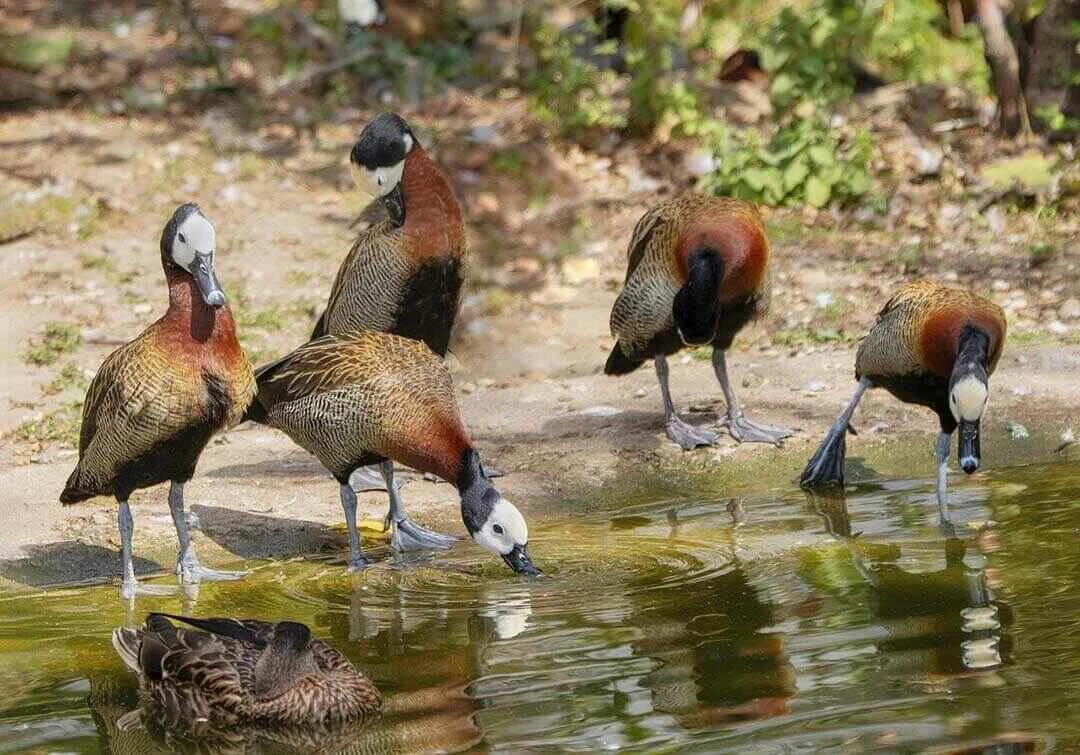
Daan Viljoen delivers brilliant dry country birding and could yield some very special species. This includes Monteiro's Hornbill, Verreaux's Eagle, Rockrunner, Carp's Tit, Short-toed Rock Thrush, Orange River Francolin,
Read More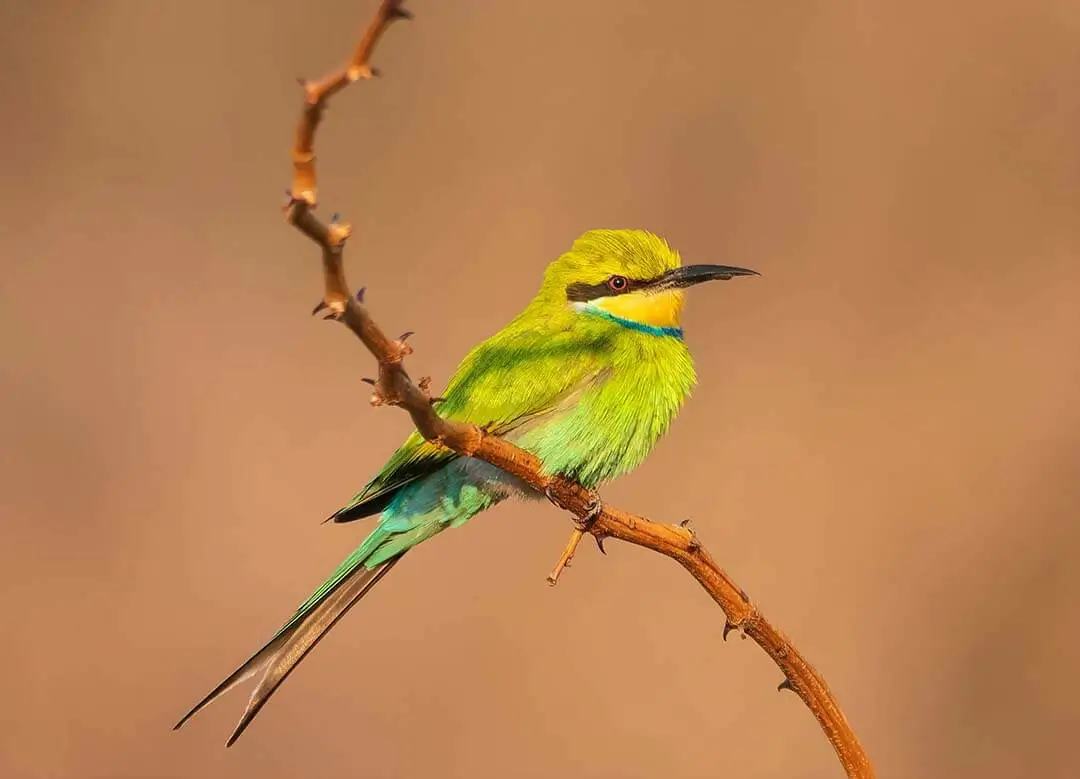
This is one of the best places to see the francolin, which can be very difficult to see and is generally found only early in the morning. The road leads to a National Monument where ancient rock art can be viewed.
Read More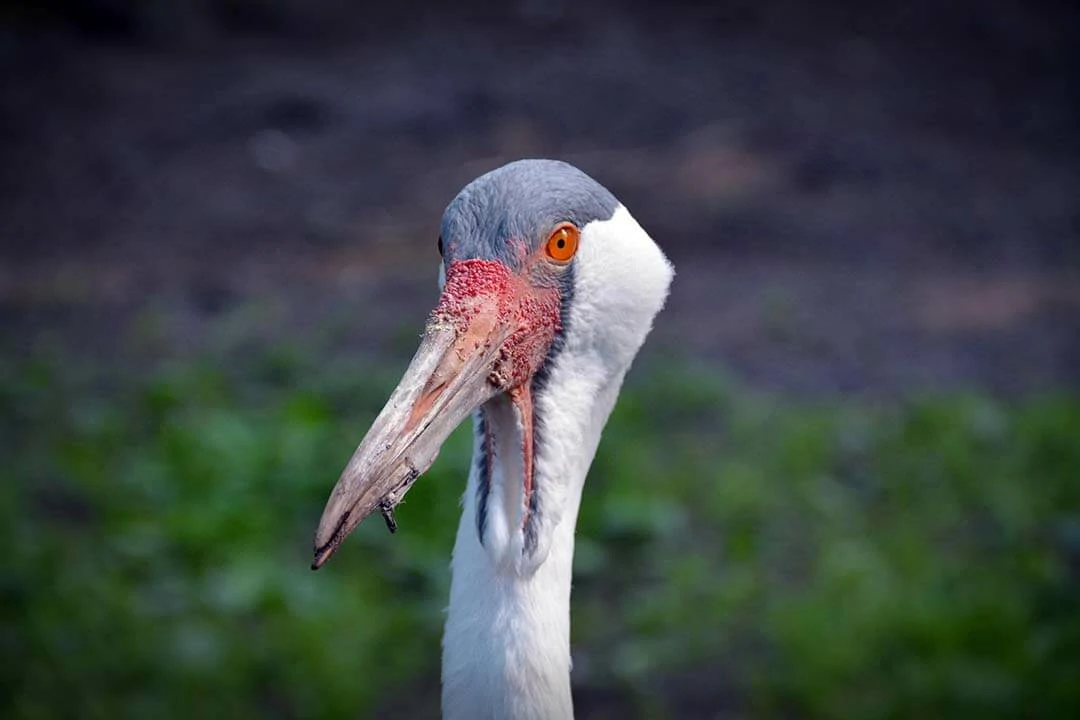
Etosha is home to 340 bird species, about a third of which are migratory. The avian residents of the park make up an eclectic mix that ranges from flamingos to the colourful lilac-breasted roller and eagles soaring high above.
Read More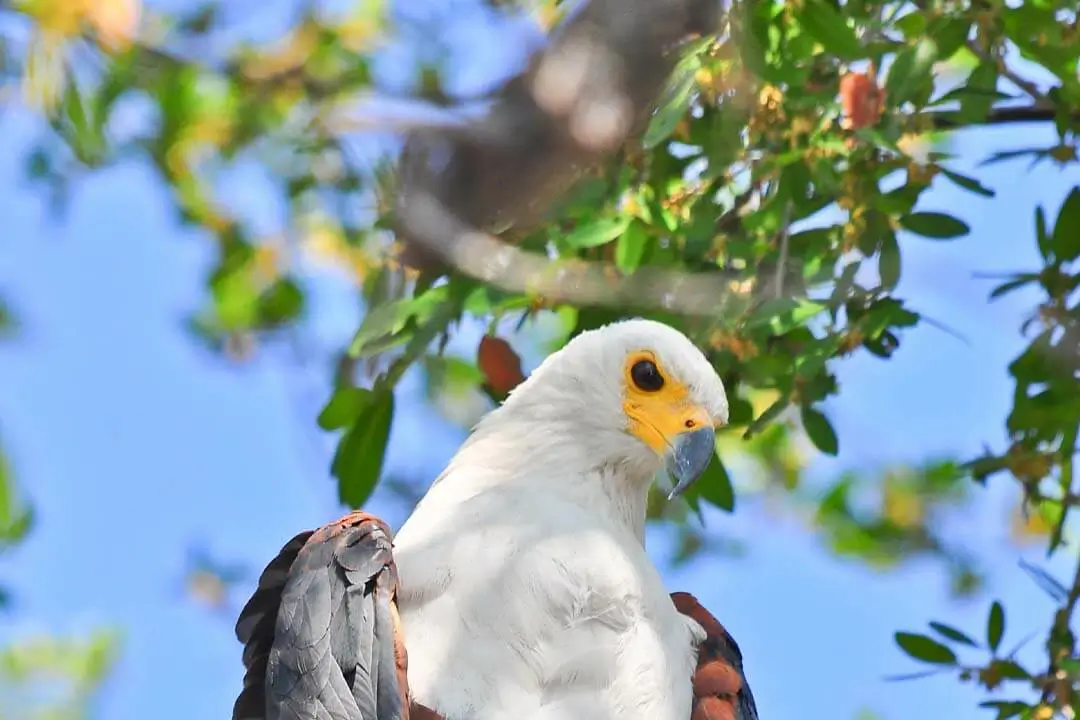
The 284 bird species recorded here include the Great White Pelican, Yellow Billed Stork, Osprey, Bradfield's Swift and Stark's Lark, Ostrich, White Pelican, Reed Cormorant, Darter, Goliath and Purple Heron, Little and Dwarf Bittern,
Read More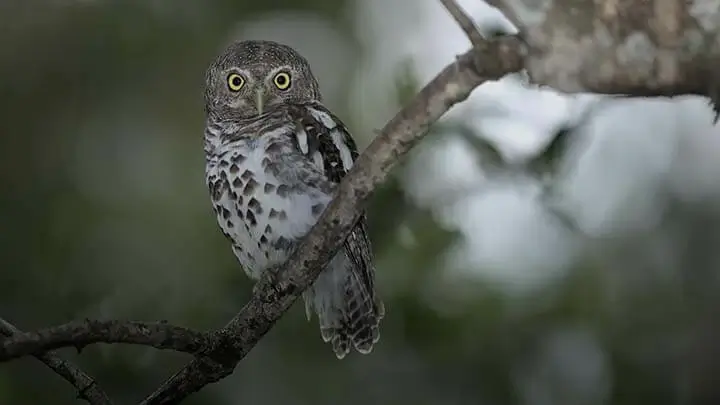
A combination of floodplain, open grassland, mopane and riverine woodland as well as papyrus-lined waterways make this a bird watching paradise. Birds such as Pel's Fishing Owl, Rock Pratincole, African Finfoot, White-backed Night Heron, Brown Firefinch, Coppery Sunbird, Chirping Cisticola, Redfaced Cisticola, Coppery-tailed Coucal are easily found and regularly seen.
Read More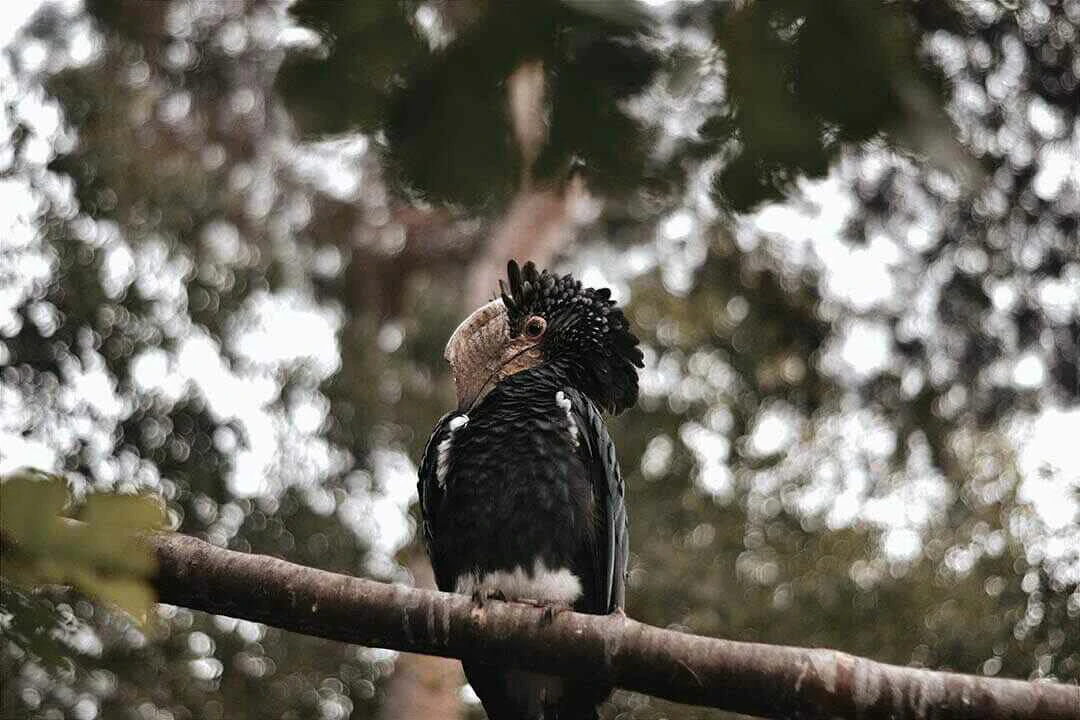
Birding in and around Katima Mulilo town offers plenty of sightings, amongst many others: African finfoots, African skimmers, African fish eagles and, if you are lucky, bat hawks on the River Zambezi.
Read More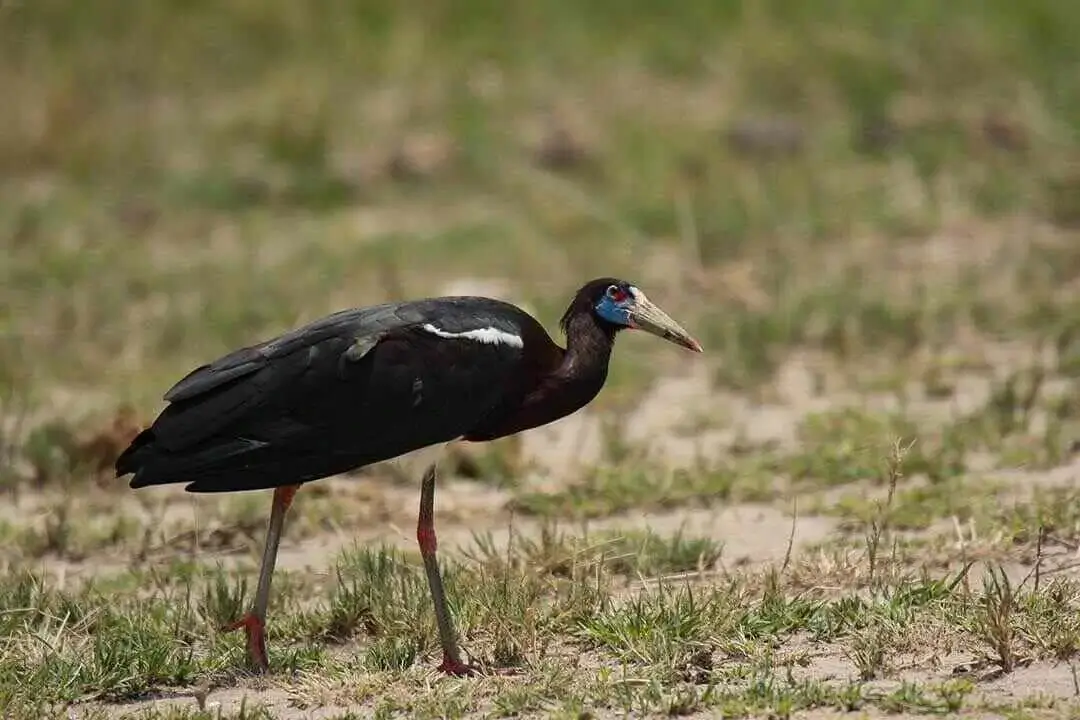
During the months between November and March, there are over 320 species of birds nesting and migrating through the park area. Amongst these, there are over 50 predator species of birds making this an exciting place to visit for bird lovers.
Read More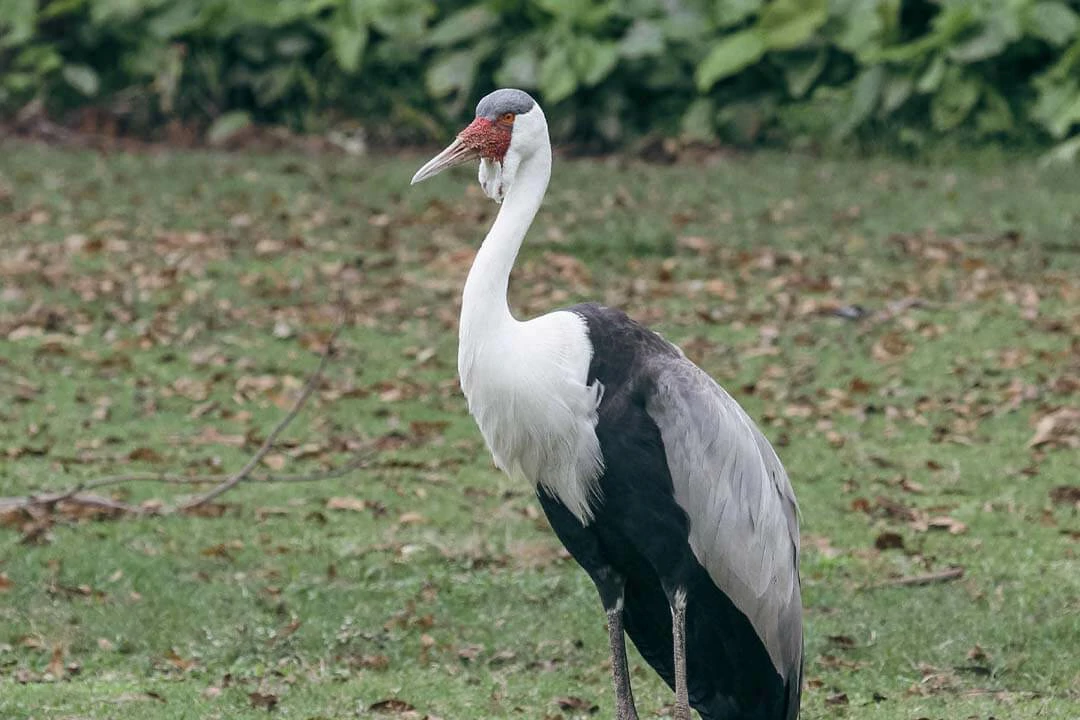
The birding is splendid, with threatened species such as Slaty Egret, Wattled Crane, and Black-winged Pratincole possible.
Read More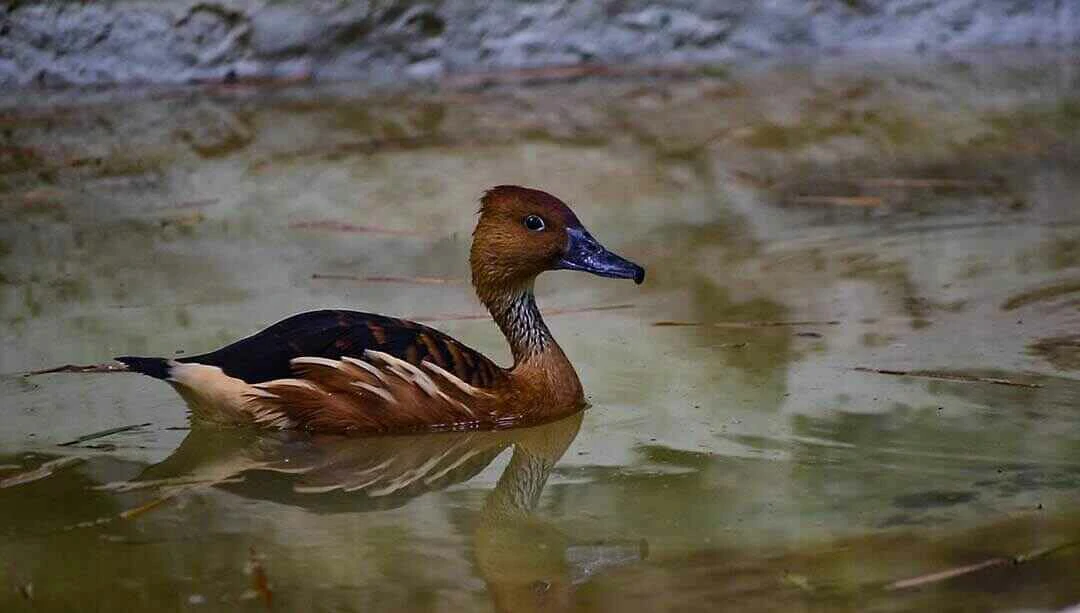
An amazing 430 species of birds have been recorded, which is nearly 70% of Namibia's total, and much game including the rare sitatunga and red lechwe as well as buffalo, elephant, zebra, antelopes, hippo, and crocodiles.
Read More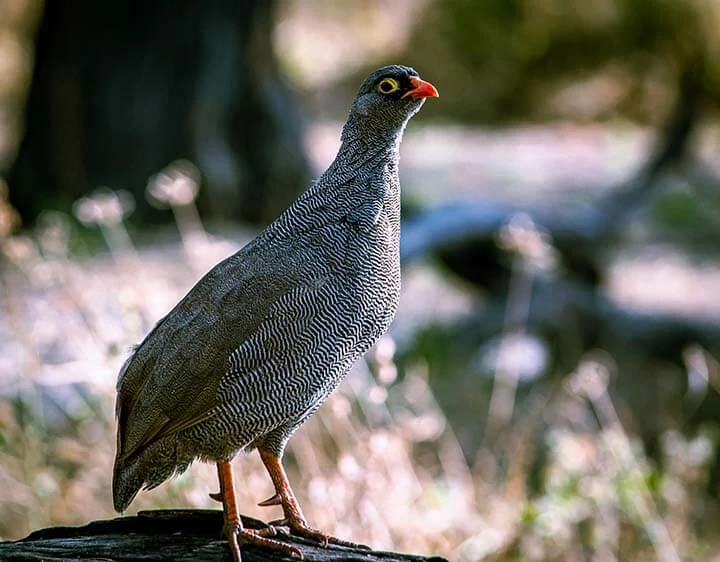
A place to pick up unique birds like Lapped-faced Vulture, Bateleur, Tawny Eagle, Meyer's Parrot, and Striped Kingfisher are among the birdlife vibrant in this region.
Read More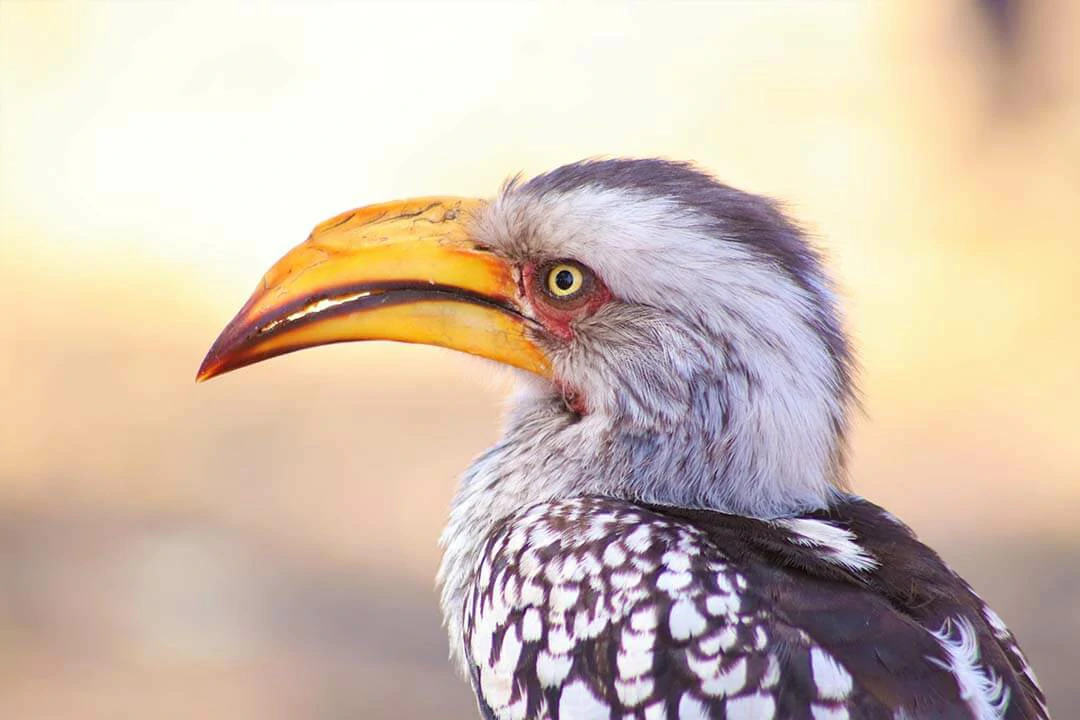
At Okonjima you will see the Africat Foundation at work, learn more about leopard and cheetah, and have excellent photographic opportunities. This is also a very good birding spot.
Read More